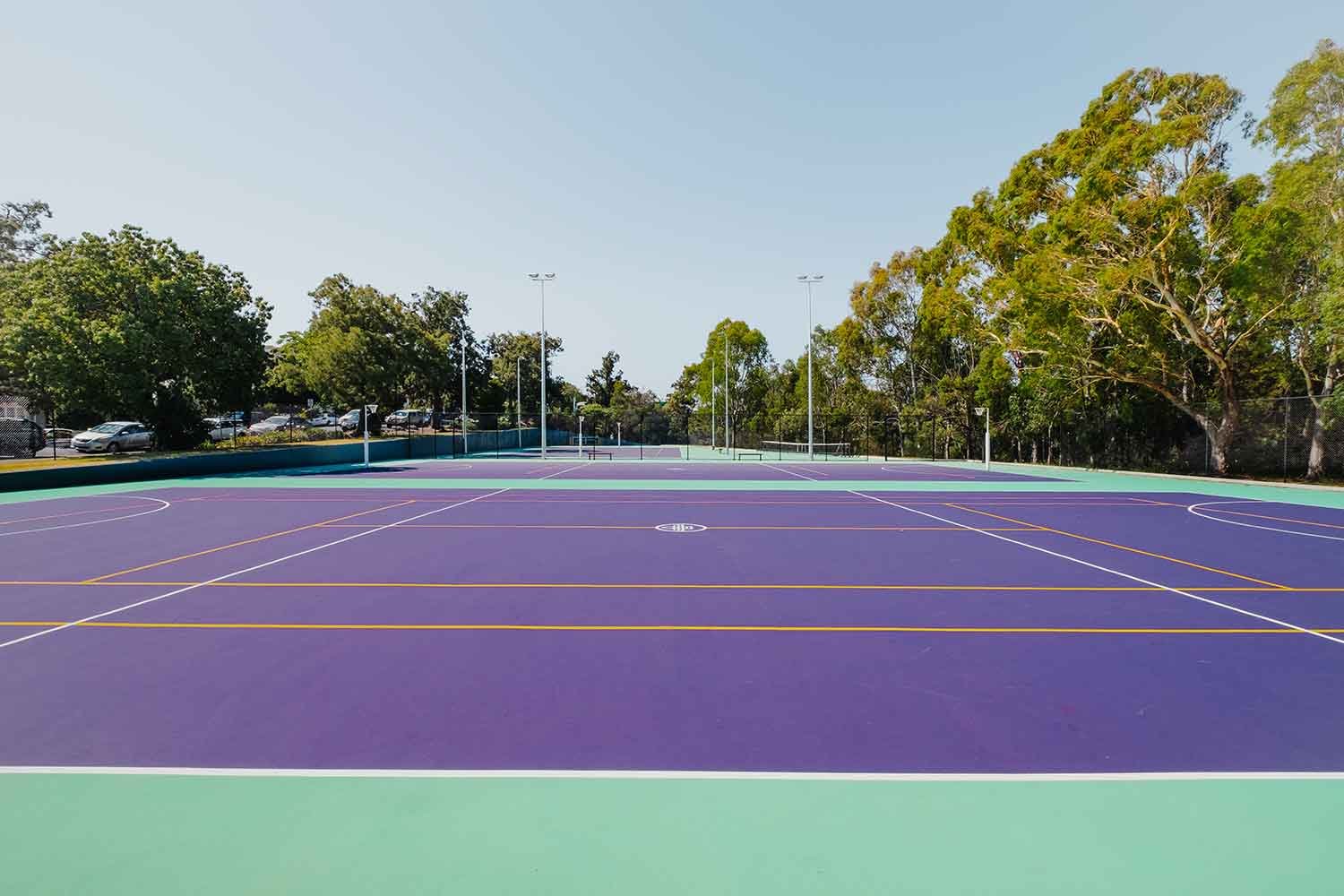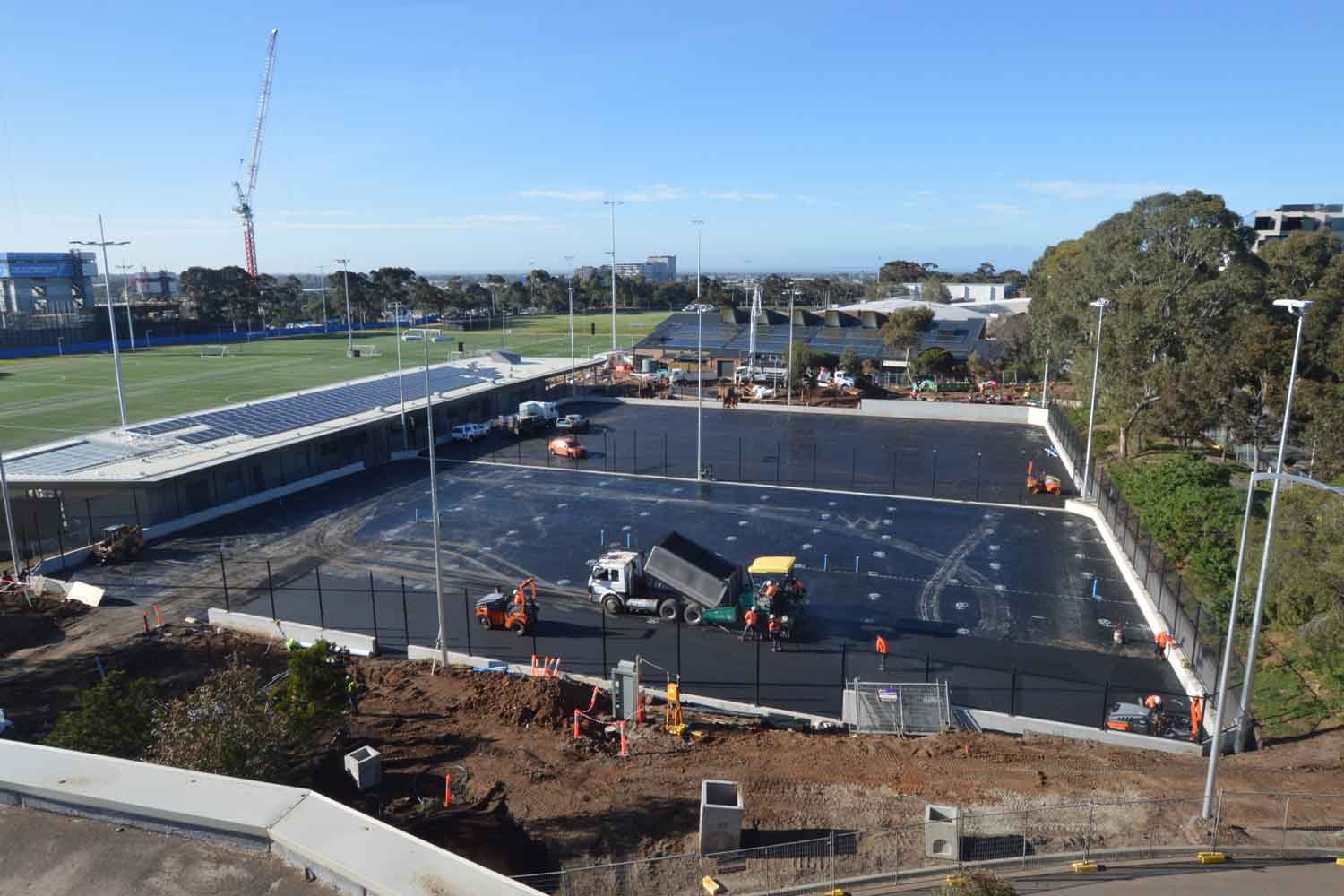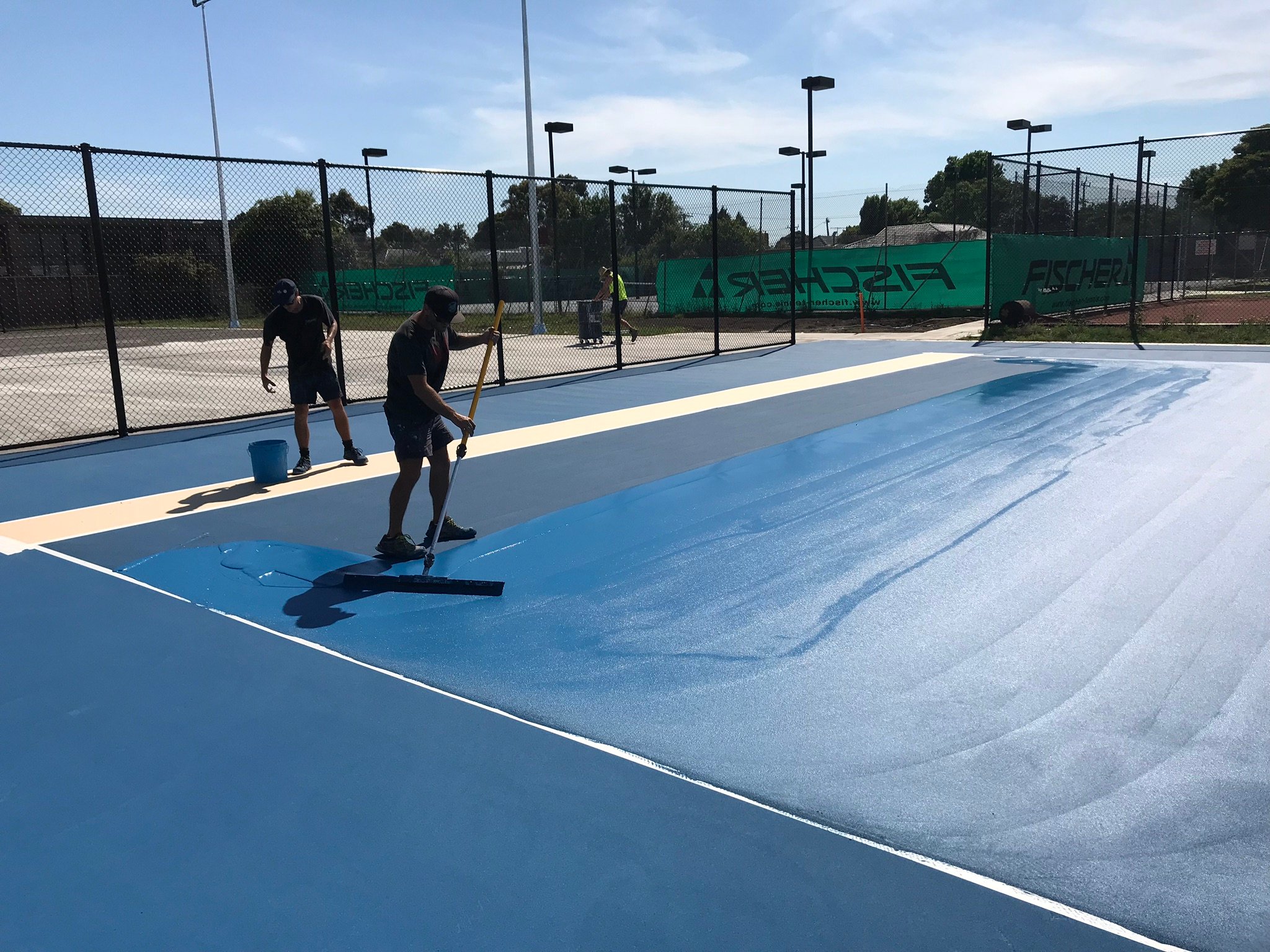
There are two important questions you need to ask yourself when deciding on the appropriate acrylic surface system for your facility. Do you want a cushioned or non-cushioned surface? And do you require a fast or a grippy surface?
An incorrect system will not negatively impact the performance and playability of your surface, but also affect the user experience. The system should meet the needs of the intended users and the associated sports.
The sports that typically use acrylic for their field of play include:
Each of these sports have a different need from the acrylic surface, with either a stronger emphasis on foot-to-surface interface or ball-to-surface interface. Some sports require the surface to be fast with less grip, while the other sports require a surface that is more grippy underfoot so players can readily stop.
From planning to design, construction, and maintenance, sports surfaces are at the heart of sport standards and triumph of athletes.
Our surface knowledge covers a broad range of sports and their associated Fields of Play, from local and regional level facilities to elite national and international stadiums.

We can alter the acrylic systems by increasing the percentage of granular material, such as sand, in the mix. The more granular material in the mix, the grippier the surface is. Whether the surface underfoot ‘feels’ hard or soft depends on whether the surface is cushioned or non-cushioned. A cushioned acrylic surface requires the inclusion of a cushioned layer within the system build-up.
Another important factor for our clients to consider is pavement that the acrylic system will be applied over. Typically, our clients will choose either a rigid or flexible option.
A rigid pavement base is either a conventional reinforced concrete or a post-tensioned slab. Flexible pavement can be a dense graded asphalt surface paved onto a compacted crushed rock base. The alternative is an open graded asphalt over a free-draining pavement. Each pavement type has advantages and disadvantages that you need to consider.
A concrete slab is the least desired option for the construction of an acrylic court, as it’s ‘hard’ underfoot for the players. Conventional reinforced slabs also contain movement joints, which are required to control the movement in the concrete due to thermal expansion and contraction. The presence and movement of these joints can result in them becoming a trip hazard for users and cause cracks in the overlying system.
A flexible asphalt surface is ‘softer’ underfoot, joint-free and has less embodied carbon in its construction than the rigid pavement option, which makes it a more environmentally friendly. The main set-back with the use of asphalt as the base layer is that the asphalt can be impure and contain pyrites. Due to the impervious natural of acrylic paints, moisture and/or oxygen can cause the pyrites to create rust stains on the surface. While there are stain blockers on the market, these products don’t guarantee 100% protection from rust occurring.

A non-cushioned hard-court system consists of a minimum of three layers of acrylic applied over the base pavement. The thin layer of acrylic coats alters the performance of the surface of the underlying pavement. But it won’t alter other physical characteristics of the pavement.
A ‘mat lay’ cushioned system includes a prefabricated rubber mat within the layers of the system. The thickness of the prefabricated mat layer can vary from 4mm to 9mm, with the thicker layer being able to bridge over pavement imperfections or joints within reason. Meanwhile, a ‘wet lay’ system includes a liquid applied cushion system within the layers of the system.
When you consider a surface that’s right for your facility, ongoing maintenance requirements and the whole-of-life cycle should be a priority.
When you properly maintain and correctly use a surface, your facility can reach its optimal lifespan.
Unlike many other field of play surfaces, an acrylic system can simply be resurfaced as required to improve its grip. A single coat of acrylic should last around 3–5 years prior to a recoat being required, subject to level of use.
Acrylic surfaces are very durable and require very little maintenance. Keeping the surface free of debris is critical to elongating its performance. Basic maintenance tasks, such as sweeping or blowing the surface to keep it free of dried leaves, dirt and other debris, helps to remove abrasive items that can cause the surface to deteriorate.
Mould and mildew can grow on the surface, so a high pressure clean may also be beneficial to remove any build-up of organic material.
Regular visual assessments of the surface will inform how frequently you need clean the surface.